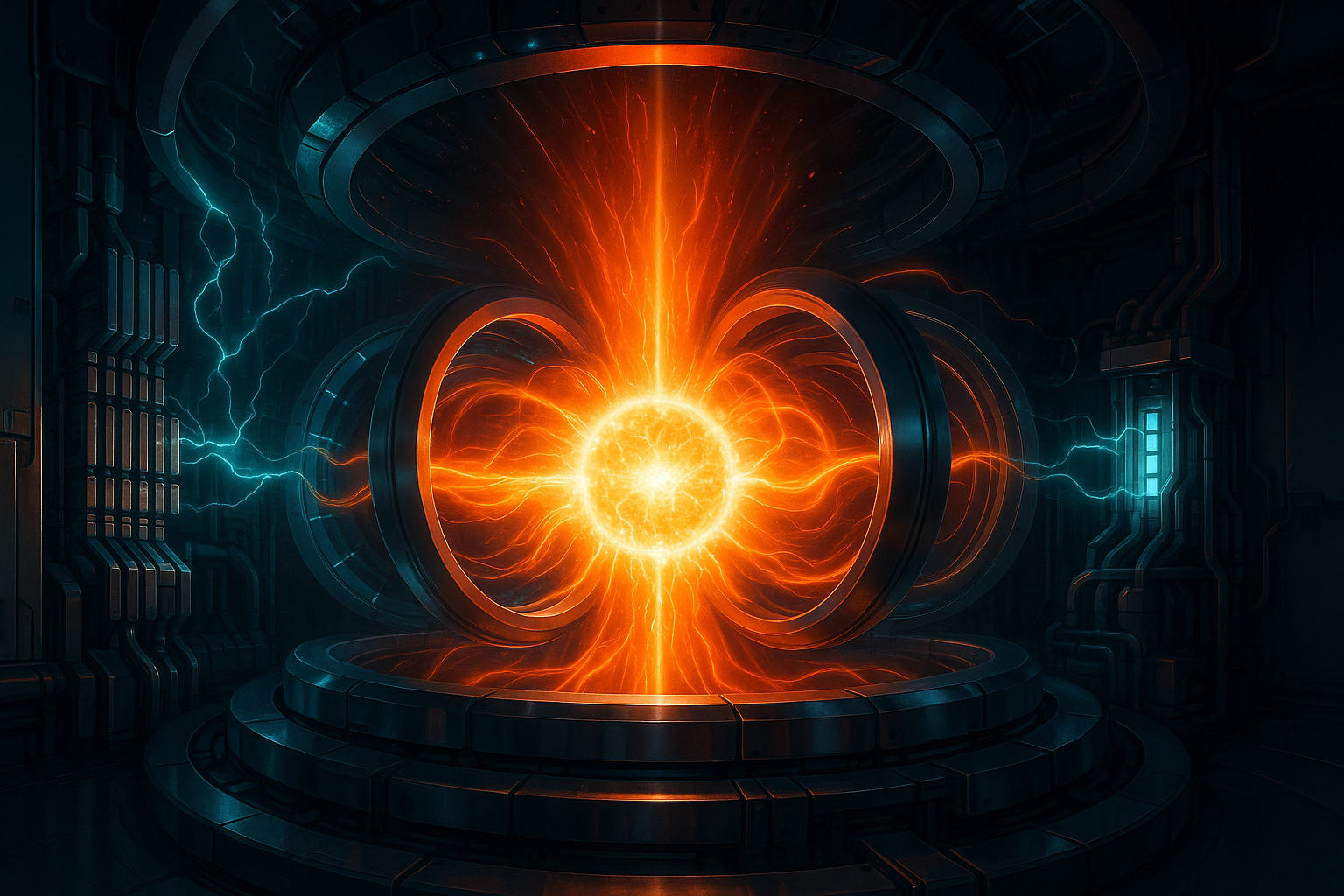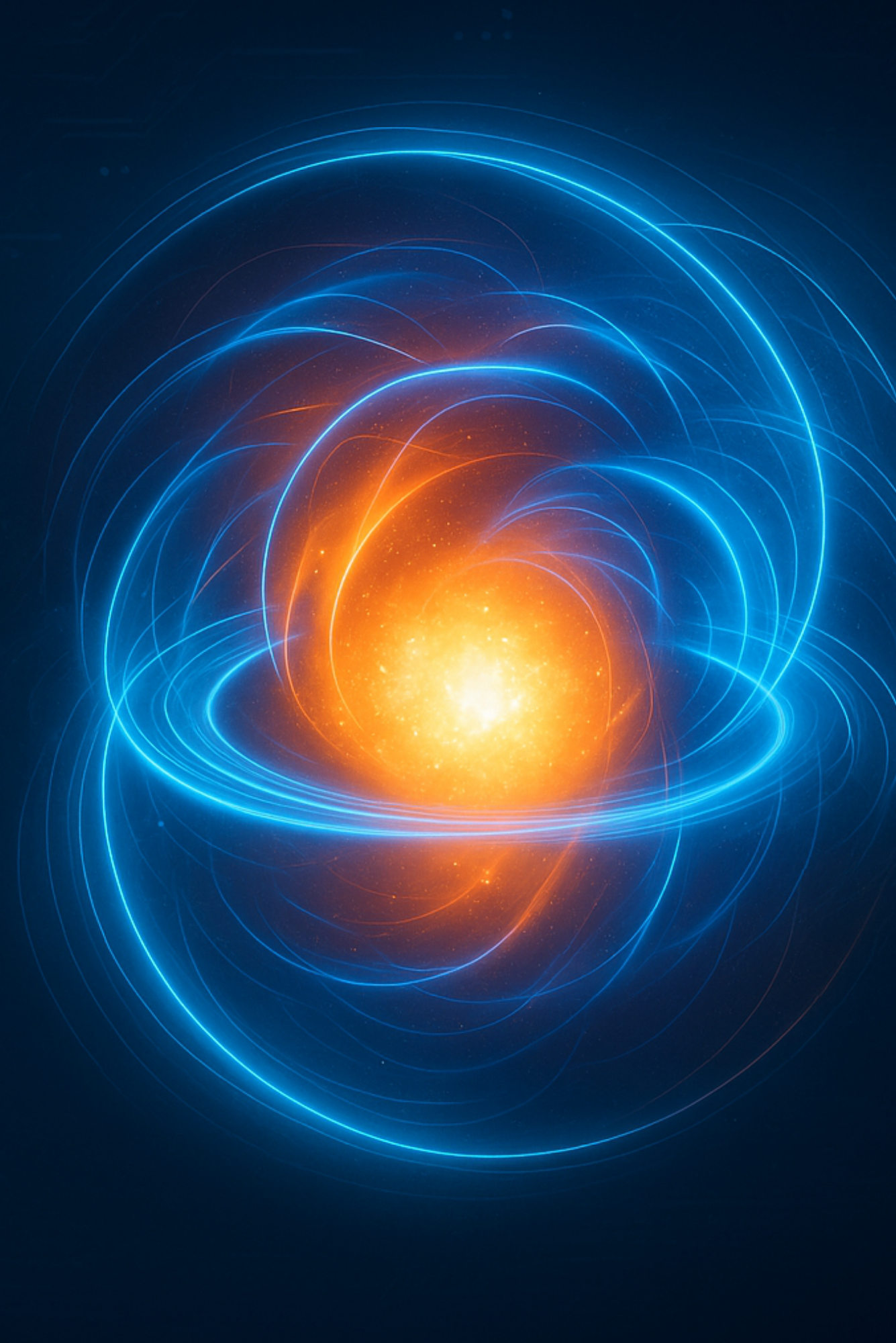In 1979, the Impact Fusion Workshop gathered some of the leading minds in physics and engineering to examine the feasibility of projectile-driven fusion. While decades have passed since that event, many of its core findings remain instructive for anyone exploring new pathways to fusion energy today.
At KAVE Industries, we look back at that workshop not as a relic, but as an important reference point for how the field first defined the technical bar for impact fusion—and how we can reinterpret those insights with today’s technology and tools.
Defining the technical challenge
The workshop established early baseline requirements: a projectile velocity of ~200 km/s with kinetic energy on the order of 10 MJ. At the time, these thresholds made it clear that conventional chemical explosives would not be sufficient to drive impact fusion.
Later studies, however, indicated that shock compression could amplify the effect of an impact, suggesting that even velocities closer to 10 km/s, if paired with the right impact dynamics, might be enough to initiate fusion reactions.
This shift in perspective reframed the problem—from one of pure velocity, to one of how shock waves are generated and controlled within the target.
Why this matters today
Four decades later, technology has advanced significantly. Electromagnetic launch systems, high-performance computing for simulation, and advanced materials science all give us tools the original workshop participants could only imagine. Their challenge remains the same, but our means of addressing it are far stronger.
For us, the lesson is clear: success in impact fusion will depend less on brute force and more on precision engineering of impact dynamics.
Our perspective — where to focus
At KAVE Industries, we believe the practical way forward is to leverage existing railgun technology as a foundation. Rather than reinvent the launcher, we see greater opportunity in target design, shock amplification, and impact control.
Our goal is to quantify how shock compression evolves, enhance it through careful target engineering, and measure results with high-resolution diagnostics. This pathway builds directly on the 1979 insights while applying the advantages of modern tools and platforms.
A future built on past insights
The Impact Fusion Workshop of 1979 was ahead of its time. It defined ambitious thresholds that highlighted the scale of the challenge, but also opened the door to alternative pathways based on shock physics and impact control.
By combining those foundational ideas with today’s advances in railgun systems, materials science, and computational modeling, we believe impact fusion can evolve from a bold concept to a credible route toward clean, abundant energy.
Our perspective builds on the foundation laid by the original 1979 Impact Fusion Workshop. (You can read the full report here): Impact Fusion Workshop Report (1979).

.svg)





.png)